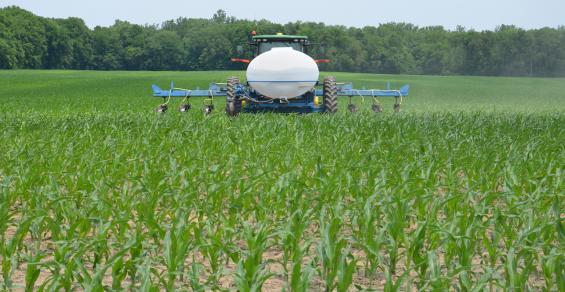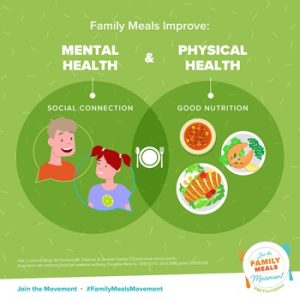Corn Illustrated: Picking top-yielding hybrids and managing nitrogen efficiently delivers more consistent results.
The theory that certain hybrids respond differently to nitrogen rates and timing surfaced over 40 years ago. A crops consultant raised eyebrows four decades ago by changing hybrid recommendations based on nitrogen rates and vice versa. Today, some companies talk about nitrogen by hybrid interactions, while others suggest simply picking top-yielding hybrids and managing nitrogen as efficiently as possible. You can find people who believe in the concept, but you can also find veteran plant breeders who scoff at using it to pick hybrids or set nitrogen rates.
Where is the truth? Here’s what one researcher says, based on testing by his company. “We believe the best advice is to go for a top-yielding hybrid and then manage your nitrogen program around the environment that season,” says Jason DeBruin, a research scientist with Corteva Agriscience.
In theory, there may be hybrids that minimize the amount of nitrogen needed to produce a bushel of corn or that take up a larger percentage of their nitrogen earlier or later in the season. If it was possible to document which hybrids fell into various categories, it might be useful, DeBruin says.
“The problem is that based upon what we’ve seen using our genetics over time, we as an industry don’t have the predictive power at this point to go down that path,” he emphasizes. “We just don’t have enough information on individual hybrids to make predictions on how they will use nitrogen during the year.”
Searching for answers
DeBruin and others examined multiple hybrids in various trials looking for this type of information. What you’re talking about, he says, is proving there is an interaction between hybrid and nitrogen rate. Some hybrids will always yield more than other hybrids, he explains. You’re looking for hybrids that act differently than others when fertilized with lower or higher rates of nitrogen. That would indicate a hybrid by nitrogen interaction.
“We have found such an interaction for a hybrid out of a group of four in a single test,” he says. “But when we repeat the trial somewhere else, it disappears.” DeBruin points to a Pioneer study of four hybrids as an example. When tested in a trial at Macomb, Ill., a hybrid by nitrogen interaction appeared. But in the same trial with the same four hybrids at Windfall, Ind., there was no hybrid by nitrogen interaction.
“We continue to run into this situation,” DeBruin says. “An interaction may show up once, but you can’t repeat it. The bottom line is that it’s not worth pursuing when something is so inconsistent.”
Manage nitrogen effectively
Using nitrogen stabilizers, especially if nitrogen must be applied a long time before corn will use it, is a practice that shows consistent results in research trials, DeBruin says. It typically pays with fall anhydrous applications and may still pay in spring nitrogen applications, depending on when the application is made.
The amount of rainfall in any one season may affect the benefit from a nitrogen stabilizer in any one year, but in trials over time at multiple locations, nitrogen stabilizers demonstrate value, he says. It’s one of several practices you can use to manage nitrogen effectively once you have identified high-yielding hybrids, he concludes.




